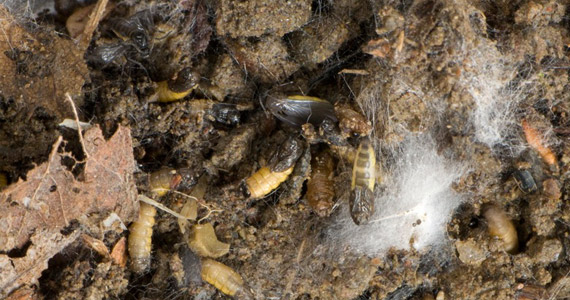fungus gnat life cycle uk
One of the biggest mistakes people make with pests and diseases is not taking the time to understand their biology. The larvae feed on root hairs the stems of unrooted cuttings and organic material.

Fungus Gnat Spray Factory Sale 58 Off Www Propellermadrid Com
Keep the trap near soil level as gnats rarely fly far from the compost.

. Gnat Life Cycle Egg. The tiny eggs and oblong pupae occur in damp organic media where females. Life Cycle of Fungus Gnats Fungus gnat larva likely Keroplatidae family.
The presence of these small flies are indicative of dampness stagnant water andor mold formations. The adult female fungus gnat will lay more than 200 eggs in damp soil. Sciaridae dark-winged fungus gnat.
Fungus gnats grow through four life stages- egg larvae pupa and adult and produce many overlapping generations in just one year. Like the mycetophilids the sciarids may emerge inside houses from ornamental plantings and potted plants. Larva - There are 4 larval stages characterized by a black head capsule.
Adult fungus gnats lay about three hundred eggs in their short lifespan. They reproduce in warm climates and interiors and are commonly found flying near windows and lamps due to their attraction to light. Female fungus gnats lay their eggs a few inches below the ground in warm moist soil.
What about the fungus gnats life cycle. Fungus gnats are most active at the beginning and end of the summer and they love damp soil. Biological cycle of fungus gnats.
Life Cycle of Fungus Gnats The fungus gnat life cycle has 4 stages. Fungus gnat larvae hatch out of the soil in late April and feed on organic material. The cycle of fungus gnats.
These hatch into small cream-coloured maggots that have shiny black heads. Egg larvae pupae and adult. The first stage is to remove the larvae and THEN the airborne specimens.
They typically live for about a week as adults so they make the most of their time. Theres little point in only removing the adults as the eggs or larvae will only pick up where the predecessors left off. Depending on the temperature the eggs hatch in about 5 days the larvae will emerge and begin eating to gather energy to fuel their transformation into adulthood.
Adult female fungus gnats deposit approximately 100 to 200 tiny eggs on the surface of the soil close to the stem of a plant. The pupal stage lasts 3-4 days before young adults leave. The adults are small dark-coloured flies 3-4 mm in length often seen hovering around the base of pot grown plants or flitting about on the compost surface where they mate.
The eggs are oval shiny white semi-transparent and extremely small. Once a larva reaches adulthood she immediately lays new eggs in the damp soil of your beloved plant. Prepare a room ideally small where there arent any Gnats or plants present.
Similarly to Vine Weevils there are two stages to eliminate Fungus Gnats. Life Cycle and Description. Although adult fungus gnats only live an average of 10 days females lay approximately 150 eggs in their lifetime.
The adult-to-adult life cycle lasts 1549 days in some economically important species. Fungus gnats develop through four stagesegg larva with four larval stages or instars pupa and adult. Egg 4 larval stages pupa and adult.
Egg larvae four larval stages or instars pupa and adult. Established plants are unlikely to be damaged by fungus gnat larvae. The adult survives for about a week and females lay up to 300 whitish-yellow eggs in damp organic media.
Eggs larvae pupae and adults. Avoid hanging the traps outside as youll also trap butterflies and hoverflies. These eggs hatch in 2 to 3 days.
They produce many generations in a year. Adults live about one week and lay up to 300 eggs in rich moist soils. Although larvae also feed on plant roots outdoors they dont usually cause serious damage.
The life cycle of the gnat continues as they hatch in 4 to 7 days into the larval stage. It takes about three days and a temperature of 75 degrees Fahrenheit for the eggs to hatch. An adult fungus gnat only lives for 1 to 2 days but females lay over 200 eggs in one go.
Fungus gnats develop through four stages. There are four larval instars. The small translucent eggs are laid in batches of 20-50 into the compost surface.
The life cycle of the fungus gnat is made up of four stages. Fungus gnats have four developmental stages. Understanding a pest usually gives you some good insight into their control which in turn allows.
Unlike larvae mature adult Fungus gnats are simply a nuisance. Serious fungus gnat damage is more common in greenhouses nurseries and sod farms. If infestations are large enough the pests can stunt foliage growth and even kill houseplants.
It takes them about 3 to 4 weeks to develop from egg to adult at temperatures above 24 C75 F. Reproduction and Life Cycle of Fungus Gnats. The eggs take approximately four to six days to hatch.
The pests favor high temperatures making greenhouses garden centers and plants in heated homes popular sites for. They deposit the eggs directly onto food sources like damp plant soil. The larvae are no more than 1mm long when they first emerge but can grow to ten times that before pupating.
Fertilized females lay 50 to 200 eggs. Their primary food sources are fungi plant roots and other organic matter in soil. Excessive condesation or a lack of ventilation benefits populations.
Larvae then pupate into adults mate lay eggs that hatch over winter months late November-February creating a cycle which repeats every year from spring to fall. Fungus gnats quickly go through four stages of development. Fungus gnats have 7 development stages.
Simply hang up a trap near affected plants or attach it to a bamboo cane inserted into the compost. The larvae feed mainly on dead roots and other decaying plant material and associated fungal growth. Adult females deposit 30 to 200 whitish-yellow eggs singly or in clusters in crevices or cracks on the surface of growing media and in moist organic debris.
To develop and move on to the next stage in the Fungus gnat life cycle larvae must feed. Fungus Gnat Life Cycle. Yellow sticky traps work by trapping the adult fungus gnats and breaking their lifecycle.
Hatching within a week fungus gnat larvae feed for up to two weeks before pupating and adults emerge approximately a week later. They can be found in small groups 10 or singly on surface soil or host plants. The larvae and pupae require an organic damp decomposing medium to develop.
Within 4-6 days tiny larvae emerge and begin feeding on plant roots during their two week lives. The larvae live within the soil and feed on plant. Egg - Eggs are laid by adult females into the cracks and crevice of most soil not directly on the soil surface.
Some species of fungus gnats may also feed on soft plant growth such as seedling roots and the base of soft cuttings. The fungus gnat lives for approximately a month laying around 300 eggs on moist soils or in cracks of soil.

Bbc Gardening Advice Pest And Disease Identifier
Fungus Gnats Sciarid Flies Rhs Gardening

Step By Step Guide On Killing Fungus Gnats For Good

The Fungus Gnat Is Among Us Lifestyles Somerset Kentucky Com
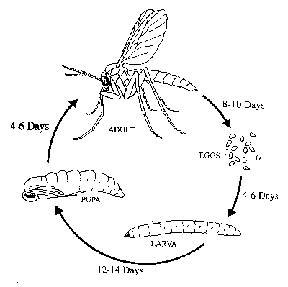
Fungus Gnats As Houseplant And Indoor Pests 5 584 Extension
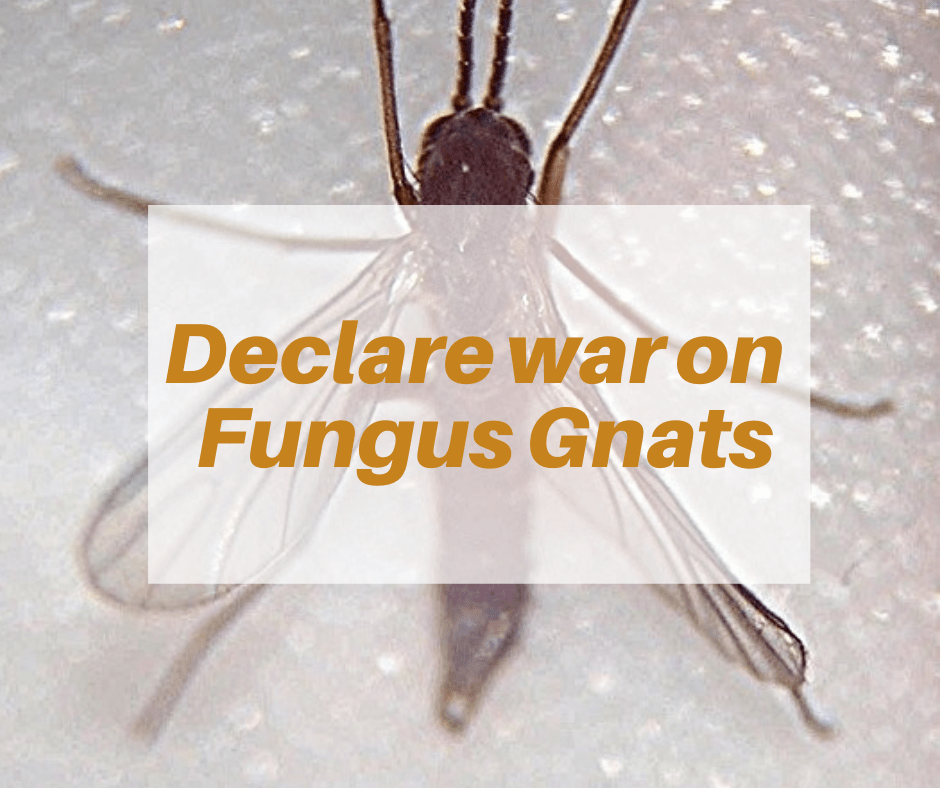
Get Rid Of Fungus Gnats On Your Houseplants Gardenologist
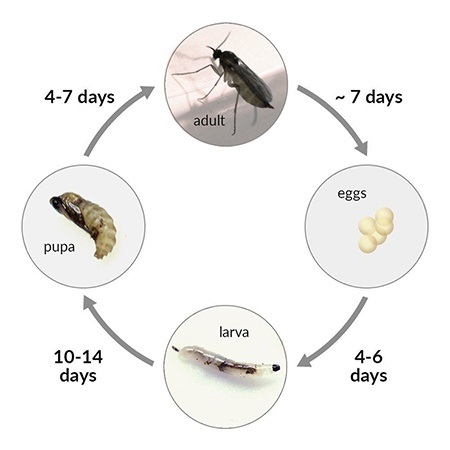
How To Get Rid Of Fungus Gnats Quickly Permanently Worst Room
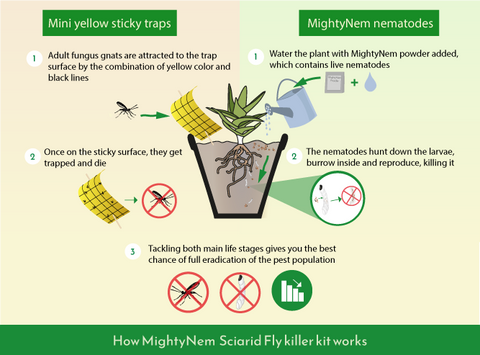
Fungus Gnats How To Identify And Get Rid Of 2022
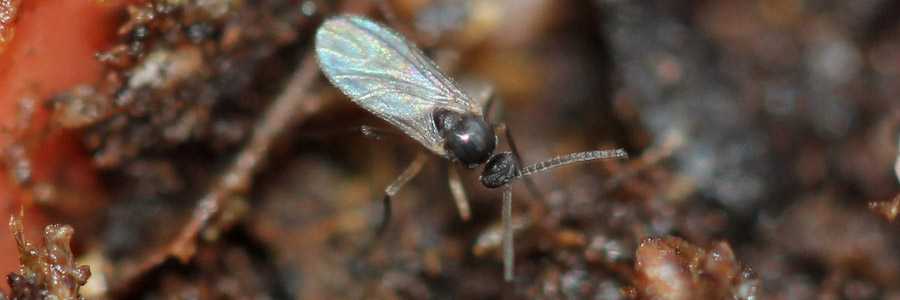
Fungus Gnats Pests Diseases Canna Uk

Fungus Gnats And Coco Coir Manic Botanix

Fungus Gnats How To Identify And Get Rid Of 2022
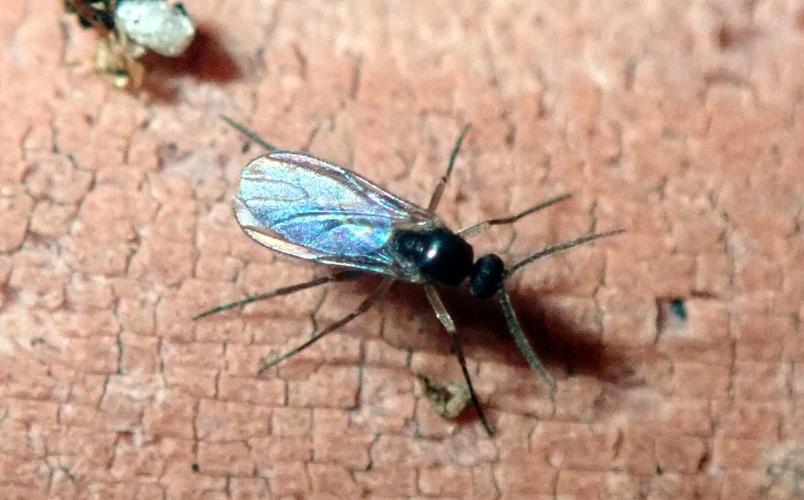
Dakota Gardener Houseplant Fungus Gnat Woes Home Garden Willistonherald Com
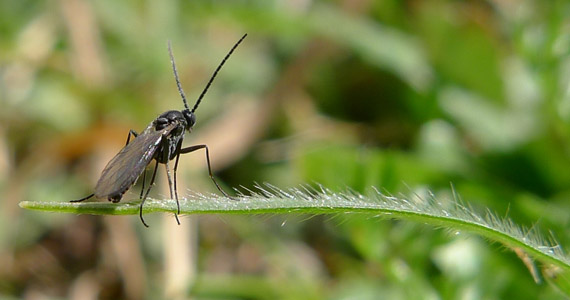
Fungus Gnats Pests Diseases Canna Uk

How To Get Rid Of Fungus Gnats On Houseplants Garden Fundamentals
The Ultimate Guide To Killing Fungus Gnats Plantadvice Co Uk
Fungus Gnats How To Identify And Get Rid Of 2022

60 Sqm Sciarid Fly Fungus Gnat Nematodes Nemasys Fruit Veg Ladybirdplantcare Co Uk

